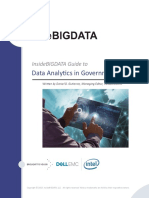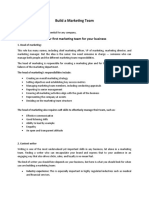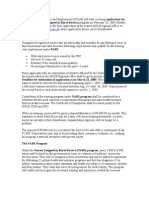100% found this document useful (1 vote)
191 views13 pagesData Analytics
This document contains a list of 9 names of students with their enrollment IDs. It then discusses topics related to business analytics including its definition, importance, applications and scope. It also discusses related topics like business intelligence, data mining, types of data and data structures in R.
Uploaded by
Sagnik ChakrabortyCopyright
© © All Rights Reserved
We take content rights seriously. If you suspect this is your content, claim it here.
Available Formats
Download as PPTX, PDF, TXT or read online on Scribd
100% found this document useful (1 vote)
191 views13 pagesData Analytics
This document contains a list of 9 names of students with their enrollment IDs. It then discusses topics related to business analytics including its definition, importance, applications and scope. It also discusses related topics like business intelligence, data mining, types of data and data structures in R.
Uploaded by
Sagnik ChakrabortyCopyright
© © All Rights Reserved
We take content rights seriously. If you suspect this is your content, claim it here.
Available Formats
Download as PPTX, PDF, TXT or read online on Scribd
/ 13






























































































